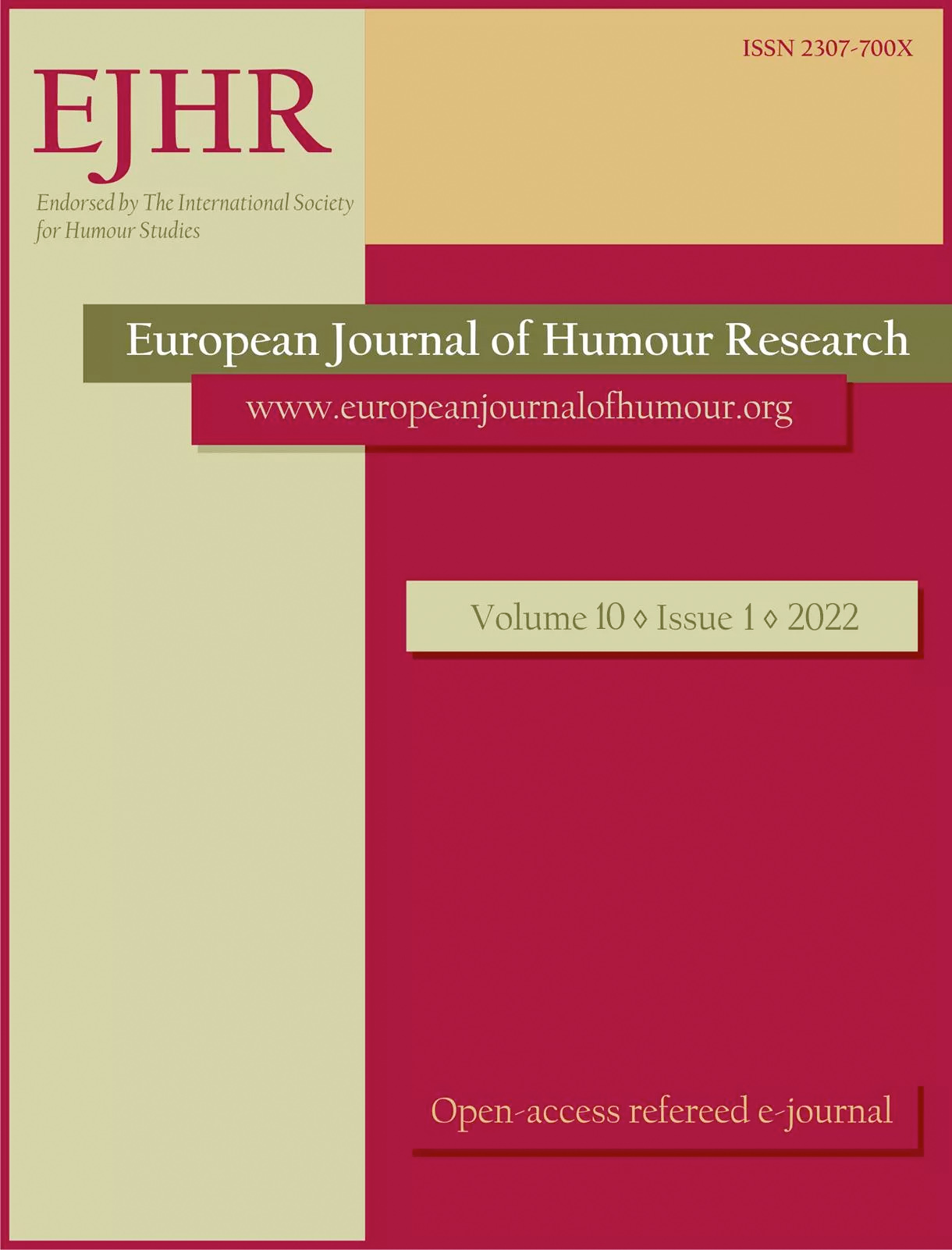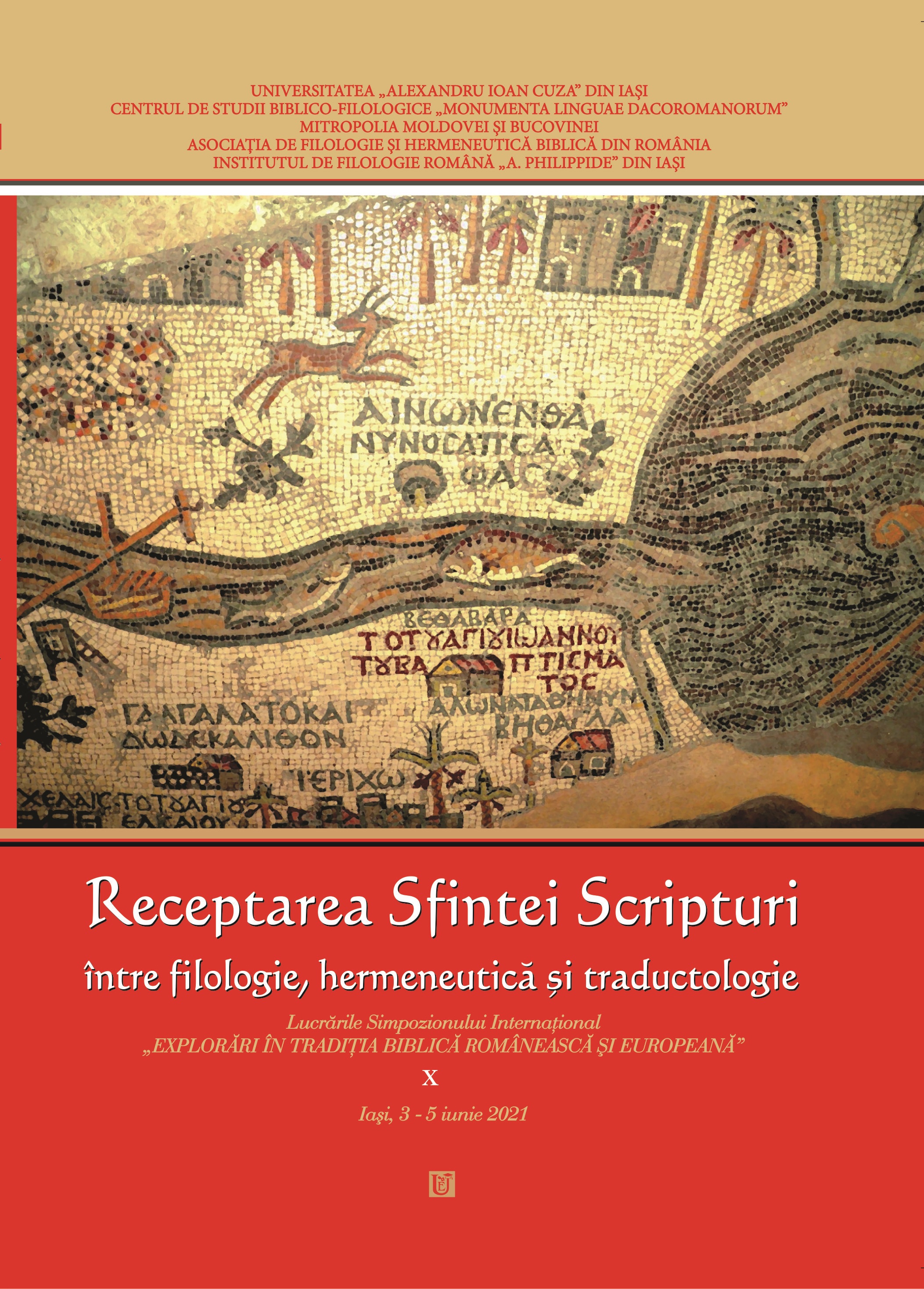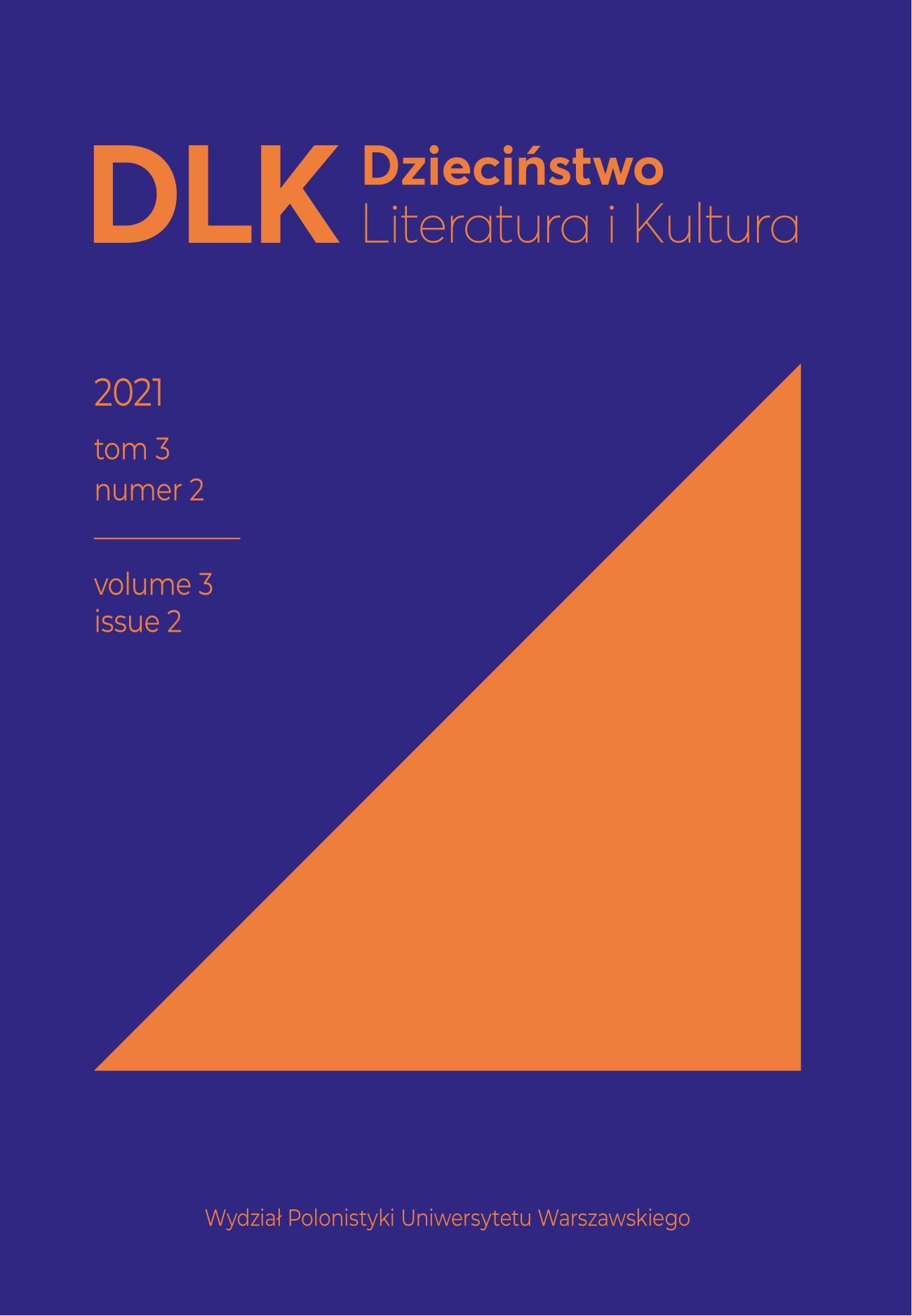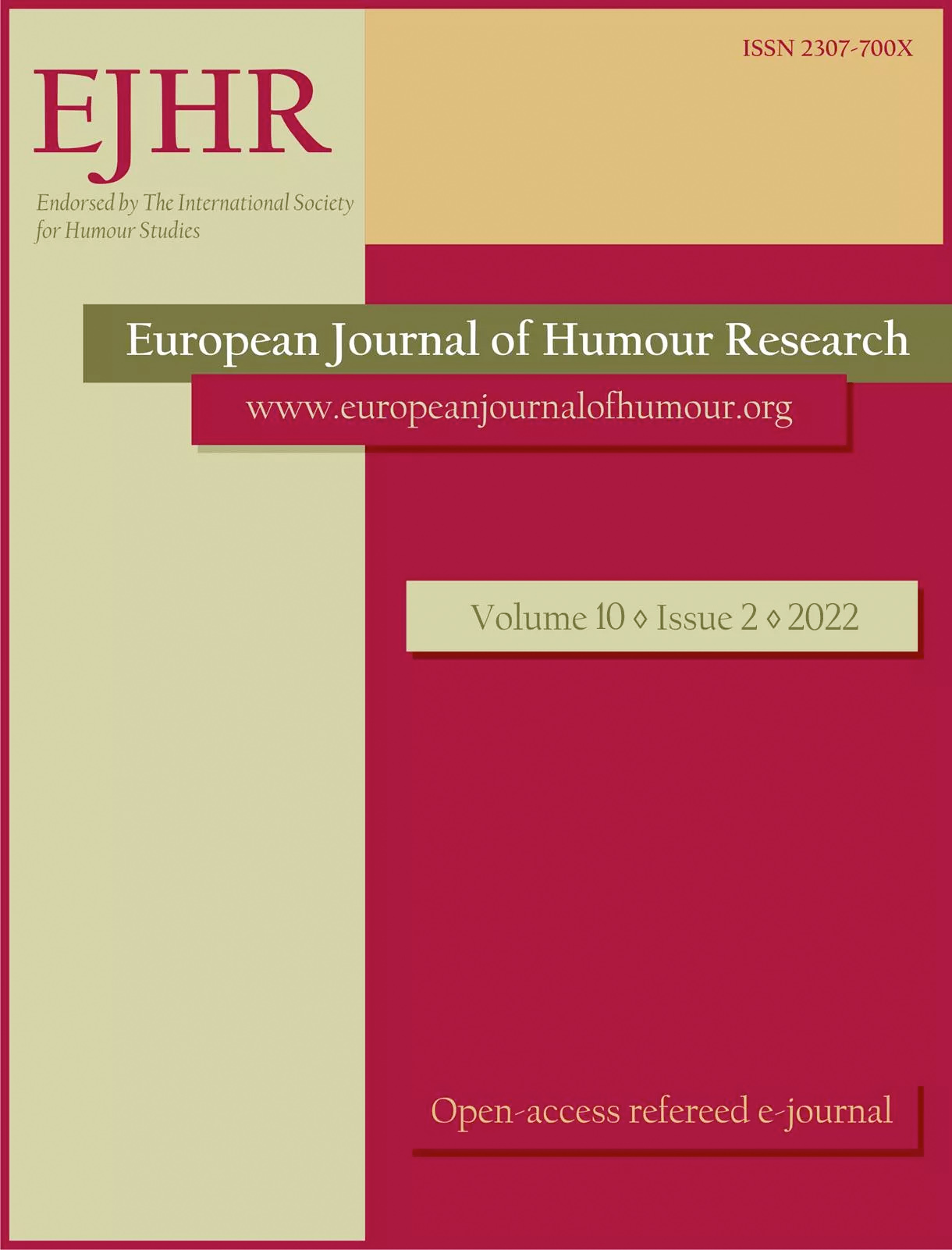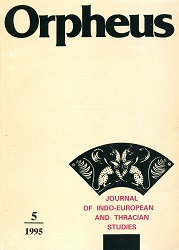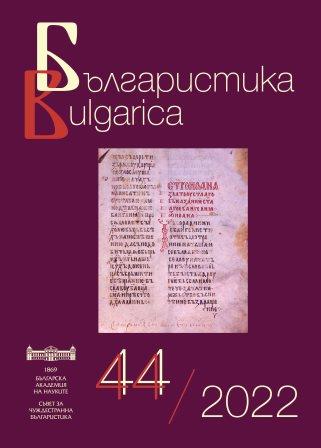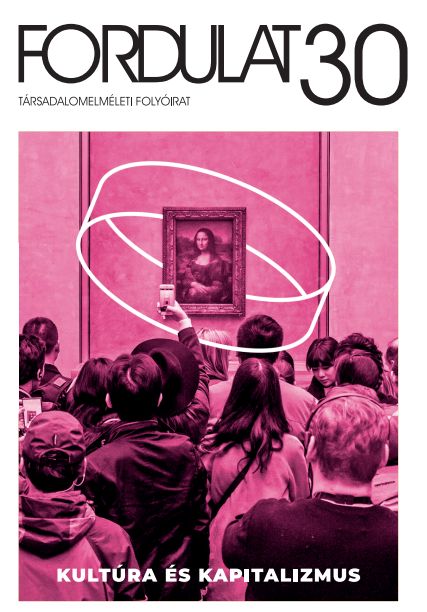
Alap és felépítmény a marxista kultúraelméletben
Any modern approach to a Marxist theory of culture must begin by considering the proposition of a determining base and a determined superstructure. From a strictly theoretical point of view this is not, in fact, where we might choose to begin. It would be in many ways preferable if we could begin from a proposition which originally was equally central, equally authentic: namely the proposition that social being determines consciousness. It is not that the two propositions necessarily deny each other or are in contradiction. But the proposition of base and superstructure, with its figurative element, with its suggestion of a definite and fixed spatial relationship, constitutes, at least in certain hands, a very specialized and at times unacceptable version of the other proposition. Yet in the transition from Marx to Marxism, and in the development of mainstream Marxism itself, the proposition of the determining base and the determined superstructure has been commonly held to be the key to Marxist cultural analysis.
More...
